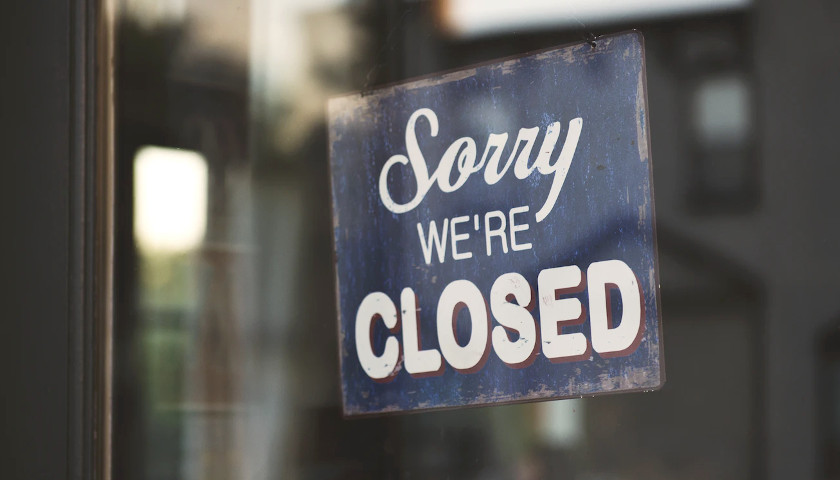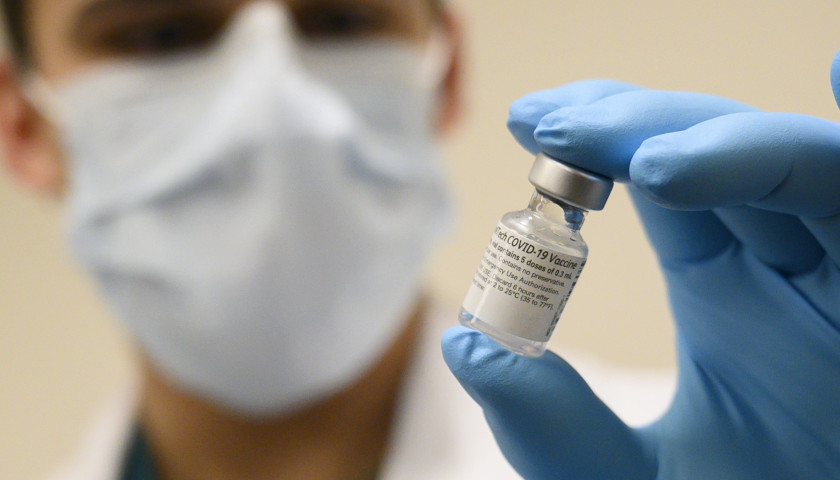by J.D. Davidson
A large majority of a panel of Ohio economists believes the $1 billion in spending proposed by Gov. Mike DeWine to lift the state from the COVID-19 pandemic will not be enough.
In a survey published by Scioto Analysis, a Columbus-based policy analysis organization, 20 of 23 Ohio economists believe the state needs to invest more to support small businesses, bars, restaurants, local infrastructure and residential broadband.
“[One] billion (dollars) is inadequate given the scope of the problem,” Albert Sumell of Youngstown State University, said. “That being said, how the relief funds are prioritized is as import – if not more – than how much is invested.
DeWine proposed a budget earlier this month that included $1 billion in new money. The one-time spending comes from budget cuts at the beginning of the pandemic, along with federal money that will be used to help small businesses, workforce development and develop and implement a marketing campaign to attract more people to the state.
DeWine’s plan does not include any significant tax increases or changes, other than a $10 hike in vehicle registration costs and a $2 increase in title fees.
DeWine’s proposal will spend $460 million on small businesses to help continued recovery efforts, and another $450 million for communities to spend on key infrastructure projects. Finally, $50 million will be used to market the state throughout the country.
“If ‘support for small businesses’ is poorly targeted (like the federal government’s program) this may do more harm to the economy than good,” said Ashland University Economist Paul Holmes, who was one of the few economists to disagree. “Infrastructure support looks wise, though.”
The governor’s budget also does not touch the state’s $2.7 billion rainy day fund, which some economists believe should be used.
“The article says the state is not using any of the ‘rainy-day’ fund. It is pouring out. Now is the time to use part of it,” University of Toledo Professor Kevin Egan said. “However, states are limited so federal assistance is also needed.”
Kent State University Economist Kathryn Wilson agreed, saying doing more is critical to recovery.
“It is hard to know the appropriate size of the state investment without knowing the federal response,” Wilson said. “However, I believe there is room to do more as this does not tap into the rainy day fund at all, and the bigger harm is not doing enough.”
– – –
An Ohio native, J.D. Davidson is a veteran journalist with more than 30 years of experience in newspapers in Ohio, Georgia, Alabama and Texas. He has served as a reporter, editor, managing editor and publisher. He is regional editor for The Center Square.





